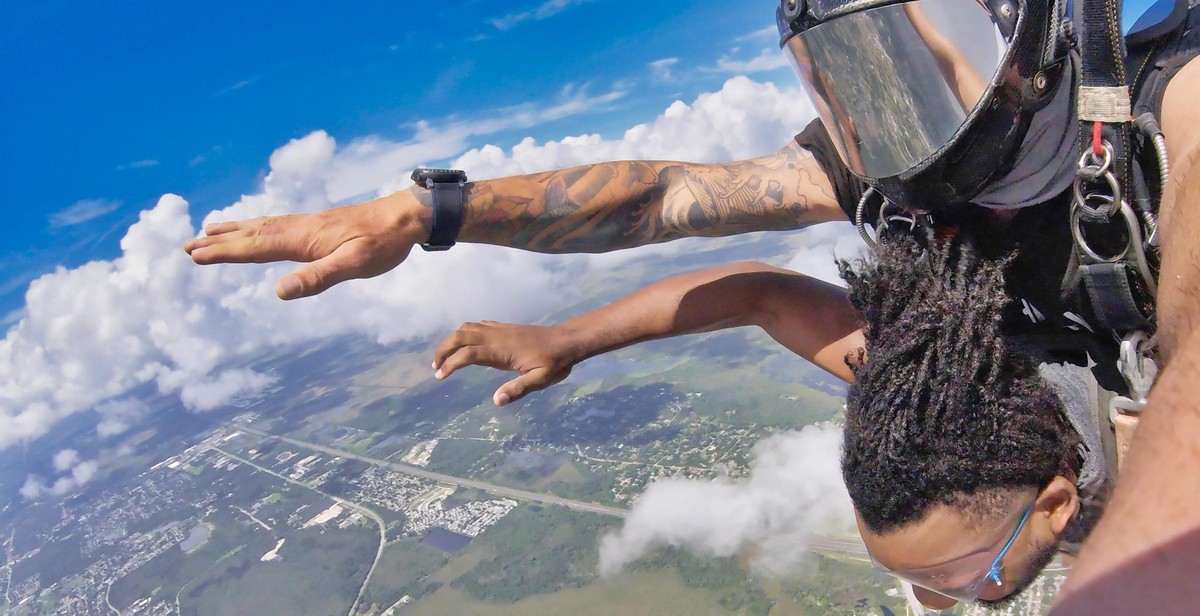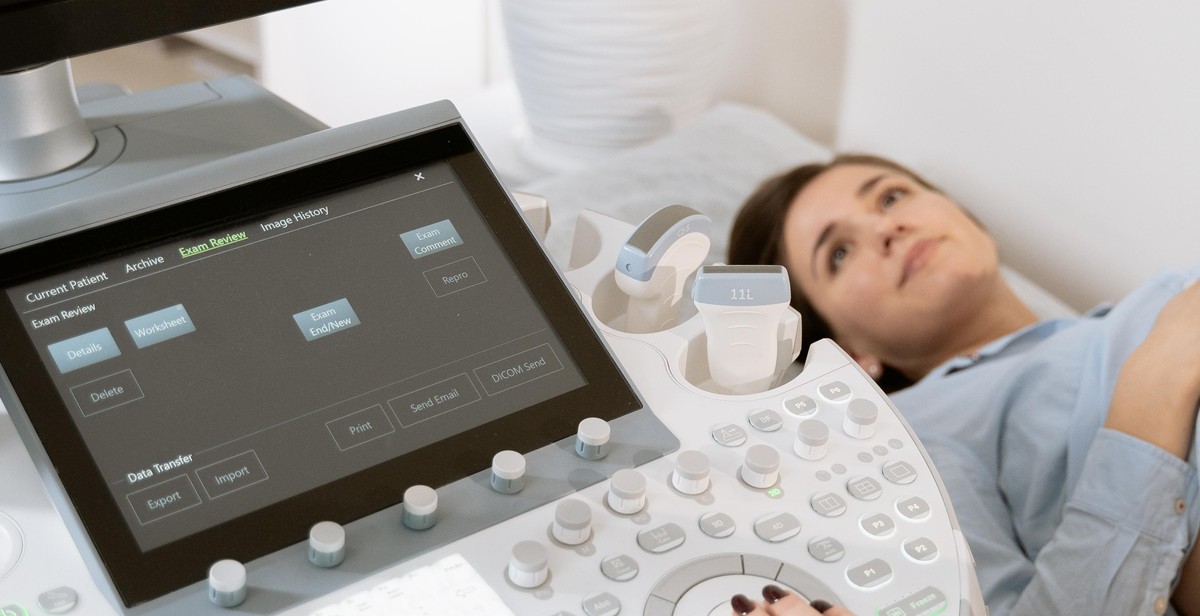How to Choose the Right Parachute for Skydiving: Understanding Different Types and Sizes
Skydiving is an exhilarating sport that requires proper equipment to ensure safety. One of the most important pieces of equipment is the parachute. Choosing the right parachute can make a huge difference in your overall skydiving experience. With so many different types and sizes of parachutes available, it can be overwhelming to decide which one to choose.
As a professional skydiver with over a decade of experience, I have seen the importance of choosing the right parachute firsthand. In this article, I will guide you through the various types and sizes of parachutes available in the market and help you make an informed decision about which one is right for you.
Types of Parachutes
There are two main types of parachutes: ram-air parachutes and round parachutes. Ram-air parachutes are the most common type used in skydiving today, while round parachutes are mainly used for military and emergency purposes.
Ram-Air Parachutes
Ram-air parachutes are rectangular in shape and have a number of cells that inflate with air, creating a wing-like structure that provides lift and control. They offer more maneuverability and are easier to control than round parachutes.
Round Parachutes
Round parachutes are circular in shape and have a single opening at the top. They are less maneuverable than ram-air parachutes but are more stable and predictable in descent.
Parachute Sizes
Parachutes come in different sizes, and the size you choose depends on your weight, experience level, and the type of skydiving you plan on doing.
| Parachute Size | Weight Range |
|---|---|
| 150-170 square feet | 120-170 lbs |
| 170-190 square feet | 150-210 lbs |
| 190-210 square feet | 190-250 lbs |
Choosing the right parachute size is crucial for a safe and enjoyable skydiving experience. A parachute that is too small can lead to a hard landing, while a parachute that is too big can be difficult to control.

Why Choosing the Right Parachute is Important
As a skydiver with years of experience, I cannot stress enough the importance of choosing the right parachute. Not only is it essential for personal safety, but it also affects control and precision during the entire skydiving experience.
Personal Safety
The most critical factor to consider when choosing a parachute is personal safety. A poorly fitting or low-quality parachute can result in serious injuries or even death. It is vital to choose a parachute that is appropriate for your weight, skill level, and the type of skydiving you plan to do. A parachute that is too small or too large can cause instability during the descent, leading to a dangerous landing.
Control
Choosing the right parachute also affects your control during the skydive. A parachute that is too small or too large can be difficult to control, leading to an unstable descent and an uncontrolled landing. The right parachute size and type will give you the control you need to navigate the air currents and safely land at your designated spot.
Precision
Finally, choosing the right parachute affects your precision during the skydive. A well-fitted and high-quality parachute will give you the precision needed to make accurate turns, navigate obstacles, and land in the right spot. The right parachute will also allow you to make adjustments mid-flight, giving you the precision necessary to avoid other skydivers and obstacles in the air.
- Personal safety is the most critical factor when choosing a parachute
- A parachute that is too small or too large affects control during a skydive
- The right parachute gives the precision needed to make accurate turns and navigate obstacles
Choosing the right parachute is essential for a safe and enjoyable skydiving experience. It is vital to consider personal safety, control, and precision when selecting a parachute that is appropriate for your weight, skill level, and the type of skydiving you plan to do.
Different Types of Parachutes
When it comes to skydiving, choosing the right parachute is crucial for a safe and enjoyable experience. There are two main types of parachutes: round parachutes and ram-air parachutes.
Round Parachutes
Round parachutes, also known as traditional or classic parachutes, are the oldest and simplest type of parachutes. They are made of a large, round canopy that captures air and slows down the descent of the skydiver. Round parachutes are typically used for military and emergency purposes, as well as for training purposes for beginners.
Round parachutes are easy to use and pack, but they have some limitations. They have a lower glide ratio, which means they cannot be steered as well as ram-air parachutes. They also have a slower descent rate and a shorter duration of flight, making them less suitable for advanced skydivers.
Ram-Air Parachutes
Ram-air parachutes, also known as rectangular or square parachutes, are the most commonly used type of parachutes in modern skydiving. They are made of a rectangular canopy that is inflated by the wind, providing better control and maneuverability for the skydiver.
Ram-air parachutes have a higher glide ratio, which means they can cover more distance horizontally and be steered more precisely. They also have a faster descent rate and a longer duration of flight, making them suitable for advanced skydivers who want to perform stunts and maneuvers.
| Features | Round Parachutes | Ram-Air Parachutes |
|---|---|---|
| Glide Ratio | Low | High |
| Steerability | Low | High |
| Descent Rate | Slow | Fast |
| Duration of Flight | Short | Long |
Choosing the right parachute depends on your skill level, experience, and personal preferences. Round parachutes are suitable for beginners and emergency situations, while ram-air parachutes are suitable for advanced skydivers who want more control and maneuverability.

Sizes of Parachutes
When it comes to choosing the right parachute for skydiving, size is a crucial factor to consider. The size of a parachute is determined by its surface area, and it plays a significant role in how the parachute performs during the descent.
Wing Loading
One of the most critical factors to consider when choosing the right parachute size is wing loading. Wing loading is the ratio of a skydiver’s body weight to the surface area of the parachute. It determines how fast the parachute will descend and how much control the skydiver will have during the descent. A higher wing loading will result in a faster and more challenging descent, while a lower wing loading will provide a slower and more controlled descent.
Body Weight
Another essential factor to consider when choosing the right parachute size is the skydiver’s body weight. A heavier skydiver will require a larger parachute to provide sufficient lift and control during the descent. On the other hand, a lighter skydiver can use a smaller parachute, which will result in a faster descent and greater maneuverability.
Experience Level
The skydiver’s experience level is also a crucial factor to consider when choosing the right parachute size. A beginner skydiver will typically use a larger parachute to provide greater stability and control during the descent. As the skydiver gains more experience and becomes more comfortable with the descent, they may choose to use a smaller parachute for greater speed and maneuverability.
| Weight Range (lbs) | Canopy Size (sq ft) | Wing Loading (lbs/sq ft) |
|---|---|---|
| 90-110 | 150-170 | 0.6-0.9 |
| 111-130 | 170-190 | 0.9-1.1 |
| 131-150 | 190-210 | 1.1-1.3 |
| 151-180 | 210-230 | 1.3-1.5 |
| 181-200 | 230-250 | 1.5-1.7 |
The table above provides a general guideline for choosing the right parachute size based on body weight and experience level. However, it is essential to consult with a qualified instructor or experienced skydiver to determine the best parachute size for your specific needs and abilities.

How to Choose the Right Parachute for Skydiving: Understanding Different Types and Sizes
Choosing the right parachute is a crucial aspect of skydiving. A good parachute ensures a safe landing and a thrilling skydiving experience. With so many types and sizes of parachutes available in the market, it can be overwhelming to make the right choice. In this section, we will guide you through the process of choosing the right parachute.
Consider Your Skill Level
Before choosing a parachute, it is important to consider your skill level. If you are a beginner, it is advisable to start with a standard square parachute. These parachutes are easy to control and have a predictable landing pattern. For advanced skydivers, a high-performance parachute is recommended. These parachutes require more skill to control, but they offer a faster descent and more maneuverability.
Determine Your Body Weight
Your body weight is a crucial factor in choosing the right parachute. The weight of the parachute must match your body weight to ensure a safe landing. A parachute that is too small for your body weight will result in a faster descent, while a parachute that is too large will result in a slower descent. This can be dangerous, especially if you are landing in a crowded area.
Choose the Type of Parachute
There are three main types of parachutes: round, square, and ram-air. Round parachutes are the oldest type and are mainly used for military purposes. Square parachutes are the most common type and are suitable for beginners and advanced skydivers. Ram-air parachutes are more advanced and offer greater maneuverability and speed.
Determine the Right Size
The size of the parachute is determined by your body weight and the type of parachute. The size of the canopy affects the speed of the descent and the maneuverability of the parachute. As a general rule, the larger the canopy, the slower the descent and the more maneuverability the parachute offers. However, a larger canopy also means a heavier weight and a slower opening time.
| Type of Parachute | Body Weight | Canopy Size |
|---|---|---|
| Round | Less than 200 pounds | 24-28 feet |
| Square | Less than 250 pounds | 150-200 square feet |
| Ram-Air | Less than 250 pounds | 90-150 square feet |
In conclusion, choosing the right parachute requires careful consideration of your skill level, body weight, type of parachute, and canopy size. It is important to seek advice from experienced skydivers and instructors before making a final decision.

Conclusion
Choosing the right parachute for skydiving is crucial for your safety and enjoyment. As discussed in this article, there are different types and sizes of parachutes to consider, each with their own unique features and benefits.
When selecting a parachute, it’s important to consider your skill level, weight, and the type of skydiving you plan to do. You should also take into account the weather conditions and altitude of your jump.
Remember to always consult with a professional skydiving instructor or experienced skydiver when selecting a parachute. They can provide valuable insight and guidance based on their own personal experiences.
Investing in a high-quality parachute and maintaining it properly can ensure that you have a safe and enjoyable skydiving experience every time. Don’t compromise on your safety and always choose the right parachute for your needs.
- Consider your skill level, weight, and type of skydiving when selecting a parachute
- Consult with a professional skydiving instructor or experienced skydiver for insight and guidance
- Invest in a high-quality parachute and maintain it properly for maximum safety and enjoyment
So, whether you’re a seasoned skydiver or just starting out, choosing the right parachute is essential for a successful and safe skydiving experience. Happy jumping!
